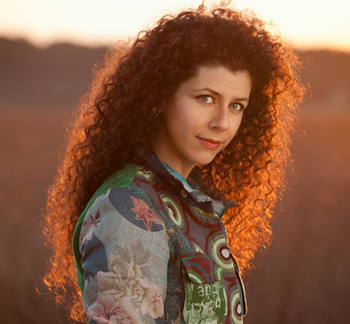The celebrated pianist/composer Muzio Clementi (1751-1832) recalled commenting to Beethoven about the latter’s Razumovsky Quartets, “Surely you do not consider these works to be music?” Beethoven replied that the three string quartets were “not for you, but for a later age.”
From the pre-concert explorations and first violinist Nicholas Kitchen’s superb program notes, through the scintillating performances of Ludwig van Beethoven s three Op. 59 quartets (known by the surname of the Russian ambassador to the Viennese court, Count Andrey Kyrillovich Razumovsky, who commissioned them), the Borromeo Quartet’s concert probed the intense creative elements of this ground-breaking music.
St. Stephen s Episcopal Church, known for the high level of music-making in its concert series, was a visual and aural partner in the Quartet s performance. The brilliant red, blue, green, and gold hues of the stained glass window at the rear wall of the chancel changed as the outside light moved toward early evening, mirroring the shifting sonorities of the Quartet‘s inspired playing. The Church’s acoustics enveloped the four instruments to make their sound a part of the room, from the quietest pianissimo of Kitchen s “Goldberg‑Baron Vitta” 1730 Guarneri del Gesú to the resonating pizzicati of cellist Yessun Kim’s Peregrino Zanetto cello, c. 1576.
In his verbal and written notes, Kitchen emphasized Beethoven’s compositional process, projecting images of the original scores on a large screen at the front of the nave. The copious changes, with many measures of music crossed out by large Xs and others with thick ink-strokes, show the composer’s mind constantly at work, struggling with how best to bring to life the musical thoughts which pervaded his existence. Beethoven was fortunate to have as a testing ground in 1806 the services of Count Razumovsky’s resident Schuppanzigh Quartet, in which the Count himself played second violin; many of Op. 59’s compositional advances were solidified after this trial-and-error probing.
More than two hundred years later, the Borromeo Quartet proves that we are part of the later age for which Beethoven wrote. Their playing is insightful, thoroughly musical, and totally virtuosic. While they followed all of Beethoven’s markings (including his super-fast tempo markings), they did not follow them blindly: the sforzando effects were stronger in Quartet No. 3, where they are needed more, than in Quartet No. 2.
Hearing playing at this highest-level of music-making, it is difficult to identify high points, but in this concert one would have to include the exquisite pianissimo fugue in the middle of Quartet No. 1’s opening Allegro and that same work’s serene Adagio; Quartet No 2’s Molto Adagio, played as Beethoven counseled, with great sentiment, and the no-holds-barred Finale: Presto of Quartet No. 3.












